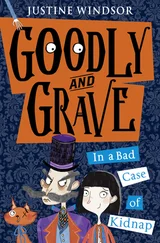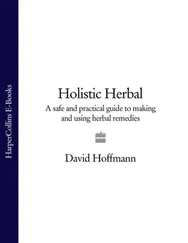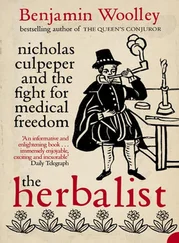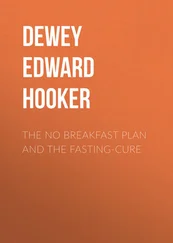There is another method based on Pavlov’s neurophysiological approach. This is a method of working through traumas which relies on eye movement activation (Shapiro, Francine, 1996). The foundation of the method is a highly interesting observation. When a person stops looking for solutions, the frustration settles in, and his or her eyes seem to stop, and it looks as if this person is gazing into space. In contrast, when a person is trying to find a solution, his or her eyes are moving actively. In order to help a person overcome the inertia of nervous processes, he or she is motivated to move his or her eyes. The therapist moves his or her hands in front of the patient’s face and thus sets the direction of the patient’s vision. The directions can be the following: left-right, diagonally, in a circle or figure eight. The movements must be quite quick. Just as the eyes begin to move, “impulse movement” is triggered in the brain. When the stagnant focus begins to “blur”, the chance comes to work through the traumatic experience.
This approach can provide quite useful results in some cases, though it is still artificial. I have never applied it in my practice. If I reconnect the attention of the patient with the aspects that are holding his or her mind and nervous processes, then the release happens automatically, with great precision, a full-scale feedback, with the total participation of the patient and understanding of the significance of the process. Further on I will try to demonstrate it with examples.
Having paid my respects to my colleagues, who have been working on the idea of counteracting fears and other conscious fixations, I would like now to describe my own approach.
Conscious self-regulation: Psychocatalysis
Self-regulation based on the primary sensations i s a mild directed alternative to other kinds of therapy which appeals to the subconscious (meditative techniques); it may also serve as a supplement to the kinds of therapy that work with the conscious mind (analytical techniques).
A patient can observe the processes that take place in his or her mind, and the result depends on the patient, on his or her decisions and not on favourable circumstances or the authority of the healer. This is a method of internal work: it’s reliable, simple, natural, and fast.
Let’s have a closer look at the details.
1.5. How one can overcome fear and enjoy living
Start with a simple drawing
Before you continue reading, I’d like to recommend you do this quick test. You’ll need a little piece of paper and a pencil.
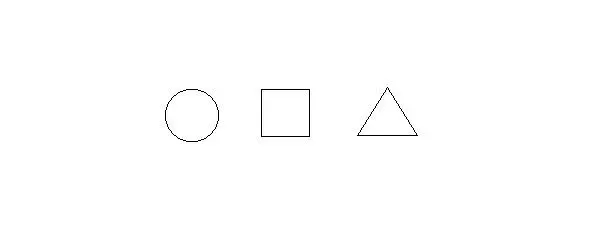
Fig. 7. Geometric shapes which are used in the test “Constructive drawing of a person”.
Draw a person made of rectangles, circles and triangles. You can vary the size of the elements. There should be ten geometric shapes in your picture.
This test is called “constructive drawing of a person”. The authors of the test are Russian psychotherapists Victor and Helen Libin. This test is quite simple and the result can be quite useful. I introduced this test into psychotherapy and self-regulation. According to my research, such drawing is a projection of a person’s self-awareness and is an imprint of a person’s energetic profile.
How can one’s fears be reflected in the drawing? In this case the following combination of figures is typical: a round head and an oval body. Wide-open eyes and a navel serve as additional characteristics. Arms and legs are usually made of triangles.
Triangles in the picture are a sign of a lack of fulfilment, especially when compared with the more “stable” rectangles and circles which our mind intuitively uses as figures with more volume in order to depict zones of the body filled with energy. As our body can feel energy stored unevenly, we can reflect it in the picture.
Typical combinations
As an example, I would like to demonstrate several typical configurations which often appear in these drawings. They are very common, and are often reproduced by patients suffering from similar problems.
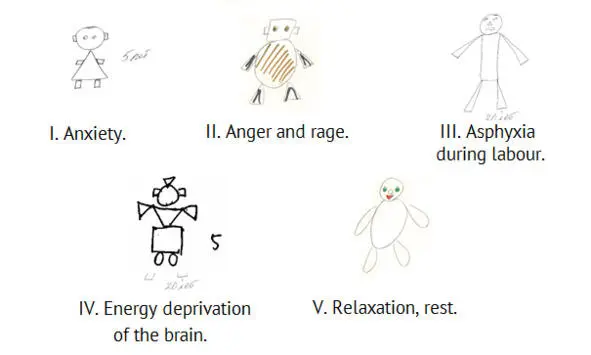
Fig. 8.Typical combinations in the test “Constructive drawing of a person”.
Anxiety and helplessness are shown with a big head and small extremities (I). Feeling unappreciated, angry and rebellious is pictured with the “inflated” body and a square head (II). Asphyxia during labour and a central nervous system injury can be seen though the “unstable” graphics and a head filled with different elements (III). Brain energy deprivation syndrome and sympathoadrenal episodes can be revealed through a narrow space at the level of a neck or a body, a big head, “a hat” or other elements on the head (IV). Feeling relaxed and comfortable is shown with circles (V).
Reservoirs of our consciousness
The drawings reflect the state of the two above-mentioned “reservoirs of our consciousness’; these are our head and body .
They can be filled in moderation, and in this case a person preserves energy and successfully overcomes the obstacles that come his or her way. However, if the reservoirs are overloaded, then life efficacy decreases.
The size of the head shows the degree to which the brain is activated, and the size of the body gives us information about the state of the autonomic nervous system.
Smaller arms and legs with an enlarged body is a combination which can be seen even in the drawings of quite successful people who in their childhood used to be vulnerable too and had to live through traumas and tensions while getting used to new circumstances. I have even witnessed figures with enlarged heads and shrunken extremities in the drawings of famous meditations masters in India. These disorders had appeared long before they started practising self-fulfilment. It’s quite likely that their experience and practice has helped them to avoid any further stress, but the old stress still remain.
These are the major principles of the diagnostics. Now let’s move on to the healing practice.
Set yourself free from fear
Objectives
You can spend a lot of time trying to convince a person suffering from a phobia that there is nothing to be afraid of but it will have no result. Of course, it is important to understand that fear doesn’t adequately assess the risks but that is not the end of the treatment.
It is necessary to work through the phobic disorders at the deeper levels. One should organize a process that is inverse to the event of fear-formation: we need to find out what entered the body and remove this alien object – and only then will it be possible for the person to calm down. That is why it is necessary to gain experiences that lead to reasonable and realistic attitudes towards risks, and usher this feeling to the place where the initial fear was born. New ways of behaviour are easier to build in these circumstances, and this is our plan.
Get rid of phobia in two steps
I have come to the conclusion that a phobia is tension after a traumatic injury. Fear comes after the fright . Fright is what has disturbed the normal functioning of a body; it is information trauma ( dust, smoke, soot or any other kind of blackness, darkness, greyness which has penetrated the body). Fear and tension are the consequences; they are the reaction.
Читать дальше









